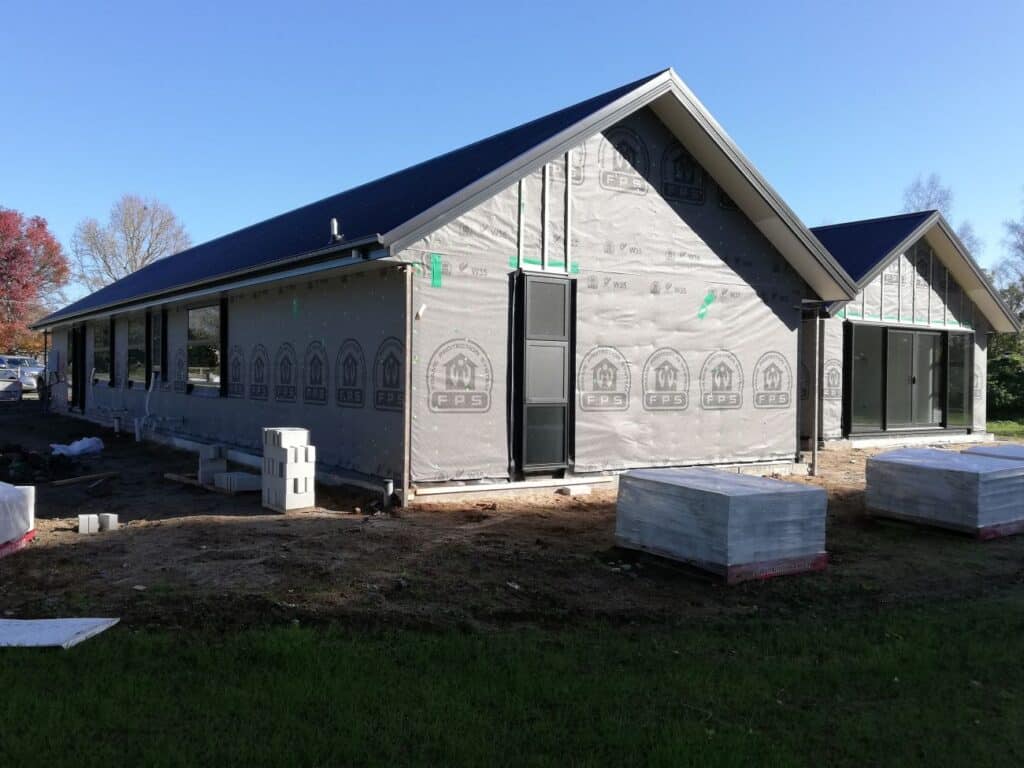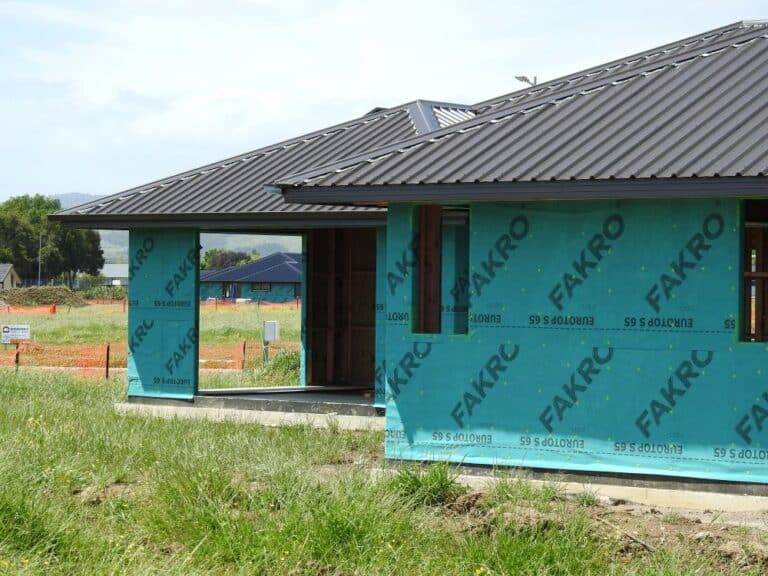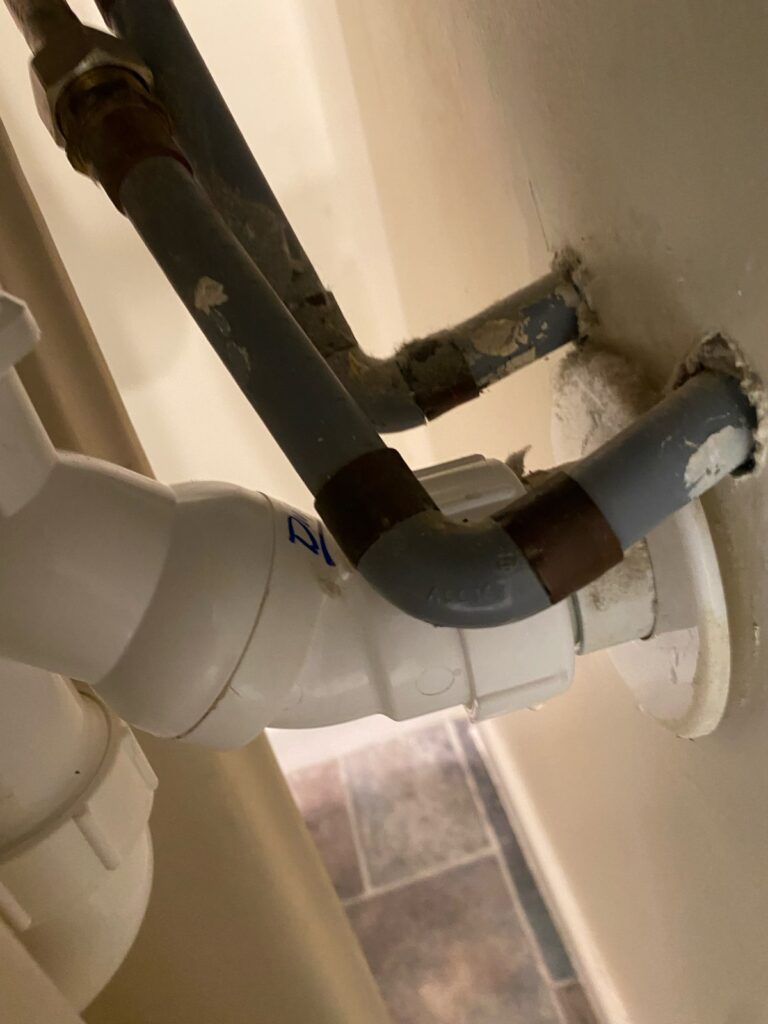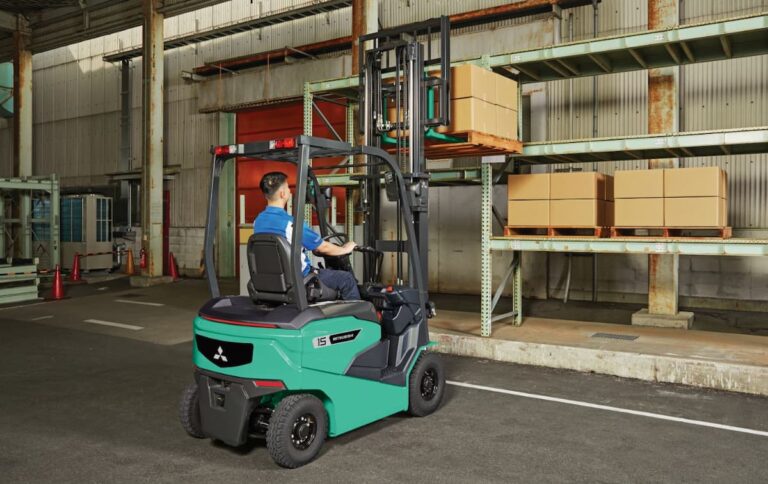Building paper in New Zealand is a durable and flexible material used in construction to protect homes from external elements, such as moisture and wind. Typically installed between the external cladding and the internal structure of a building, it acts as a barrier that helps shield the house’s interior from water, air infiltration, and weather-related damage. It is critical in keeping your home dry, energy-efficient, and comfortable.
New Zealand’s climate presents a unique set of challenges. With high humidity, frequent rain, and strong winds—particularly in coastal areas—homes here are constantly exposed to the elements.
Quality building paper is essential for weatherproofing, helping homes stay protected from moisture infiltration and damage caused by fluctuating temperatures. Given these conditions, high-quality building paper is critical for New Zealand homes’ long-term durability and health.
The Role of Building Paper in New Zealand Homes
Moisture Control and Water Resistance
One of the primary roles of building paper is to prevent water from penetrating the external walls of a home. While the external cladding is the first line of defence, it is not completely waterproof. Building paper serves as a secondary barrier, redirecting any moisture that slips past the cladding and ensuring it drains away safely.
This helps maintain moisture balance within wall structures, preventing issues such as dampness, mould, and wood rot—common problems in homes without proper moisture barriers.
Wind proofing for Enhanced Durability
In areas with high winds, such as New Zealand’s coastal regions, wind proofing is vital for the integrity of homes. High-quality building paper helps prevent drafts by blocking wind from penetrating through gaps in the walls.
This not only keeps the home comfortable but also reduces wear and tear on the structure, preserving its integrity over time. Additionally, wind proofing plays a crucial role in maintaining consistent indoor temperatures and reducing heating costs.
Thermal Efficiency
Building paper in New Zealand also contributes to the thermal efficiency of a home. When paired with insulation, it helps regulate indoor temperatures by reducing air leakage and preventing heat loss in the colder months.
This combination minimises energy use, leading to lower heating bills. In summer, the right building paper can help keep heat out, ensuring a cooler indoor environment without over-reliance on air conditioning.
High-Quality Building Paper vs. Low-Quality Alternatives
Durability and Lifespan
High-quality building paper is designed to last for the life of the home, offering superior protection against water, wind, and environmental wear. Low-quality alternatives, on the other hand, may break down over time, allowing moisture and air to infiltrate the home.
This can lead to costly repairs, mould growth, and damage to the structural integrity of the house. Investing in high-quality building paper can prevent these issues, ensuring long-term durability and peace of mind.
Performance in Harsh Weather Conditions
In New Zealand’s harsh weather conditions, high-quality building paper must meet stringent performance standards. Quality materials are rigorously tested for waterproofing, wind resistance, and fire safety, ensuring that they provide reliable protection under all circumstances.
Low-quality options may fail in extreme weather, leading to moisture ingress, drafts, and damage to the home’s structure. High-quality building paper is specifically engineered to withstand New Zealand’s diverse and challenging climate conditions.
Cost-Effectiveness in the Long Run
While low-quality building in New Zealand paper may save money upfront, it often leads to higher costs down the road. Frequent repairs, replacements, and energy inefficiencies can quickly add up.
High-quality building paper, though initially more expensive, offers better long-term value by protecting the home more effectively, reducing energy consumption, and preventing costly damage. The investment in quality can save homeowners significant amounts over the life of the building.
The Different Types of Building Paper Available in New Zealand
Traditional Building Paper
Traditional building paper, often made from asphalt-saturated materials, has been a standard in New Zealand construction for decades. It offers reliable moisture resistance but may not perform as well in extreme wind or in areas requiring more advanced breathability.
While it is an affordable option, modern alternatives provide more robust protection, especially in high-exposure environments.
Modern Alternatives: Weathertight Wraps and Advanced Membranes
Modern alternatives, such as synthetic wraps and multi-layered membranes like Weathertight Wrap, offer superior protection compared to traditional building paper.
These advanced membranes provide enhanced water resistance, fire retardancy, and breathability, allowing moisture to escape from within the home while keeping external moisture out. They are also designed to withstand high winds and UV exposure, making them ideal for New Zealand’s varied climate.
Choosing the Right Building Paper for Your Home
When choosing building paper in New Zealand, homeowners should consider factors such as the local climate, the structure of the building, and the type of cladding being used. For homes in high-wind or high-rainfall areas, investing in advanced, high-performance building paper is essential. It is also important to ensure that the chosen building paper complies with New Zealand’s building regulations and testing standards.

How Building Paper Protects Against Common NZ Housing Issues
Preventing Mould and Rot
Moisture-resistant building paper plays a critical role in preventing mould and rot, which are major issues in many New Zealand homes. By preventing water from seeping into walls, it creates a dry environment that inhibits the growth of mould and mildew.
Homes with poor-quality or poorly installed building paper are more likely to experience dampness, leading to costly repairs and health risks associated with mould exposure.
Minimising Structural Damage
Water penetration is one of the leading causes of structural damage in homes. Over time, moisture can cause timber framing to weaken, leading to potential structural failure. High-quality building paper reinforces the home’s outer layers, protecting the framework from water damage and ensuring the structural integrity of the building remains intact for years to come.
Enhancing Indoor Air Quality
A dry, well-insulated home contributes to better indoor air quality. Building paper helps regulate moisture levels, reducing the risk of condensation and dampness inside the home. This helps create a healthier indoor environment, particularly important for families with allergies or respiratory issues.
The Impact of New Zealand Building Codes and Regulations on Building Paper
New Zealand Building Code Requirements
Building paper in New Zealand must comply with Building Code, particularly the E2 External Moisture clause, which outlines requirements for managing moisture in buildings. These regulations ensure that building paper meets minimum performance standards for water and wind resistance, breathability, and durability.
Compliance and Best Practices
Homeowners and builders must ensure that the building paper they select and install is compliant with the relevant regulations. This includes following best practices during installation to avoid issues such as gaps, improper overlaps, or punctures that could compromise the effectiveness of the building paper.
Installation Tips for High-Quality Building Paper
Proper Installation Techniques
To maximise the effectiveness of building paper in New Zealand, it’s essential to follow proper installation techniques. The building paper should be installed with the correct overlaps, ensuring a continuous barrier against water and wind. It should also be fastened securely, with care taken to avoid tears or punctures during installation.
Integrating Building Paper with Other Building Materials
Building paper should be seamlessly integrated with other materials, such as insulation, cladding, and roofing underlay. Proper integration ensures a complete weatherproofing system, reducing the risk of air and water leaks. This holistic approach to building design helps maintain the home’s energy efficiency and overall durability.
How to Maintain and Inspect Building Paper Over Time
Regular Inspection of Building Paper
Building paper, like any building material, should be inspected regularly for signs of wear or damage. Inspections should occur during renovation projects or when cladding is replaced. Homeowners should also be aware of any signs of moisture damage inside the home, which may indicate a failure in the building paper.
Repairing or Replacing Damaged Building Paper
If building paper is found to be damaged, it’s important to repair or replace it as soon as possible to avoid further issues. In many cases, minor repairs can be done by patching the affected areas, but for more extensive damage, professional assistance may be required to ensure proper replacement.
Conclusion
High-quality building paper is a crucial component of any home in New Zealand. It plays a vital role in protecting against moisture, wind, and structural damage while improving thermal efficiency and indoor air quality. Investing in high-quality building paper offers long-term benefits that far outweigh the initial cost.
By choosing the right building paper and ensuring it is properly installed, homeowners can future-proof their homes against the elements. The result is a more durable, energy-efficient, and healthy living environment that will stand the test of time.
Get your business noticed by creating an online directory listing. Listings are FREE and you can create as many as you need.
- Get found by locals



